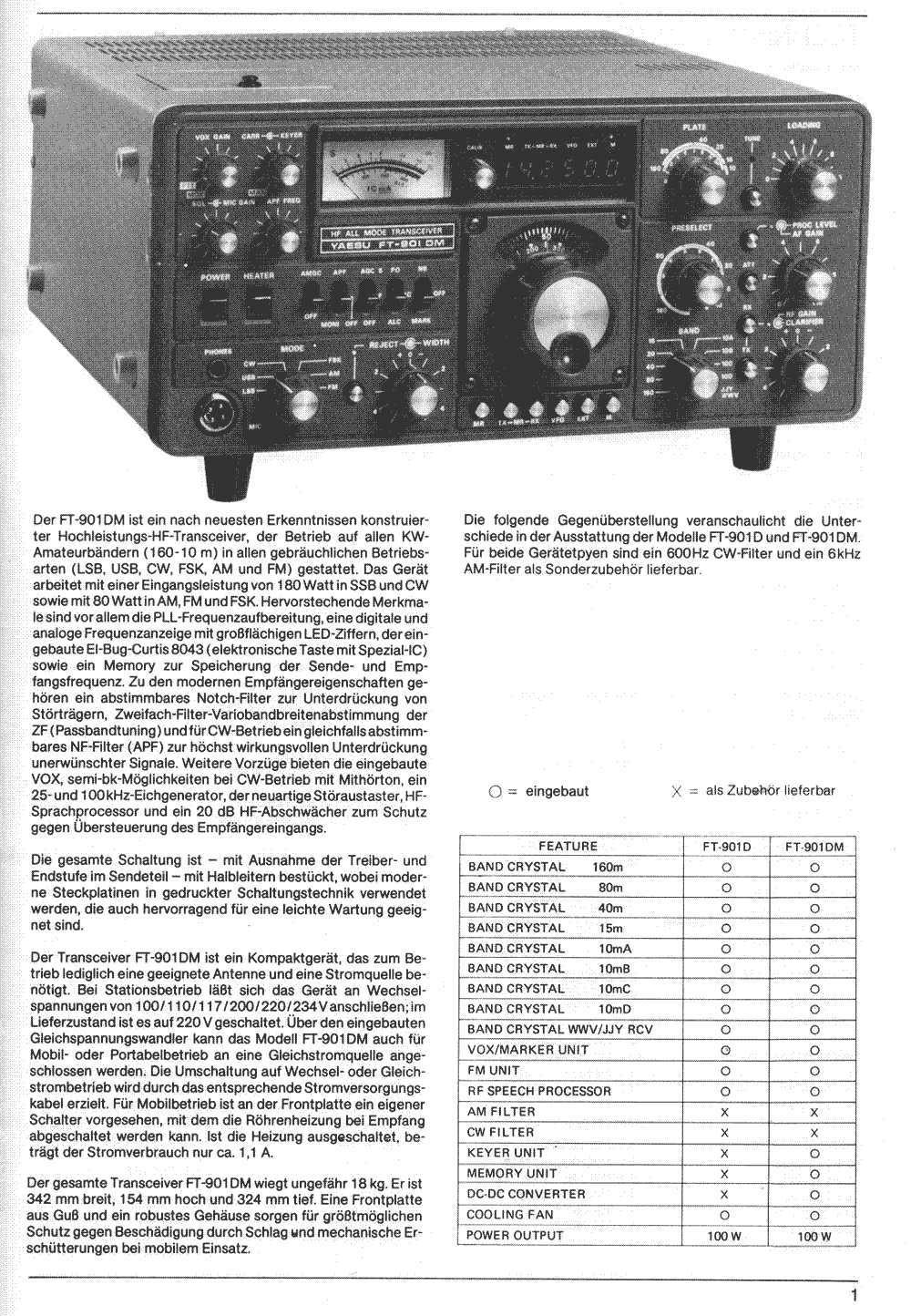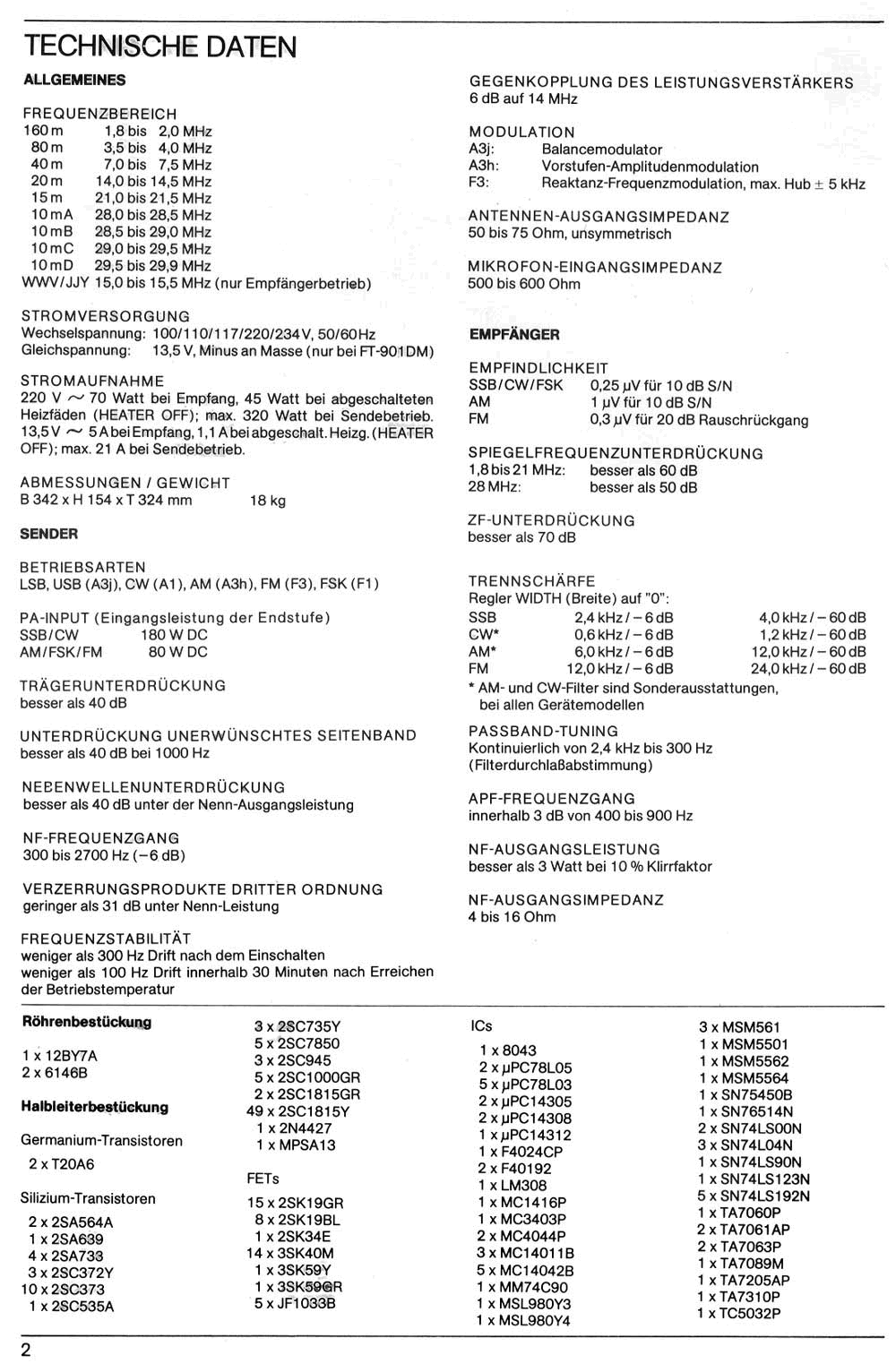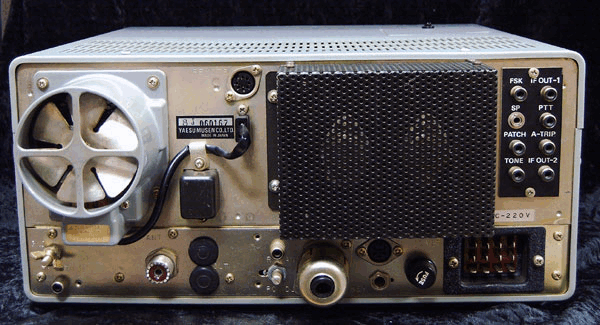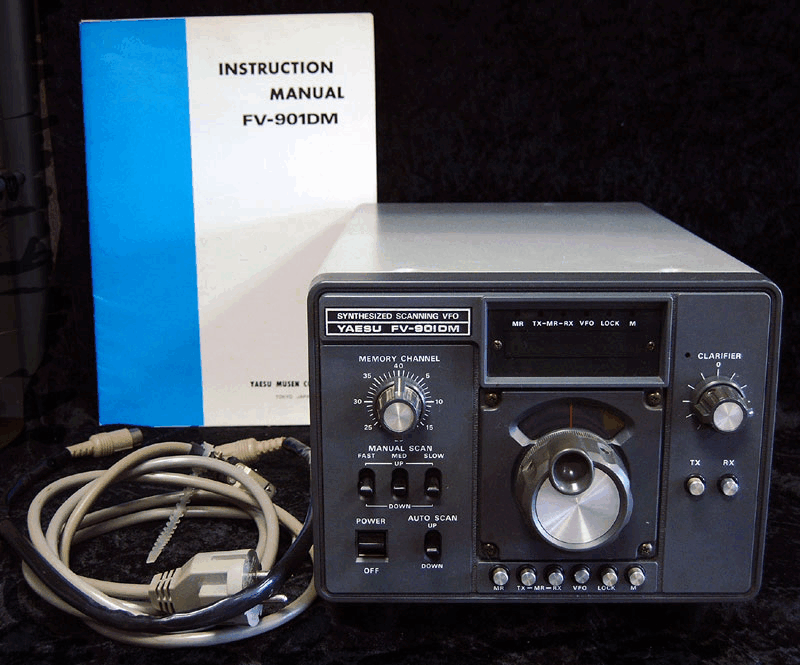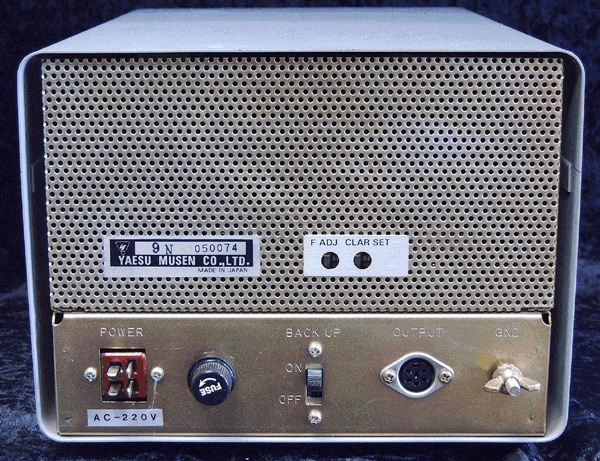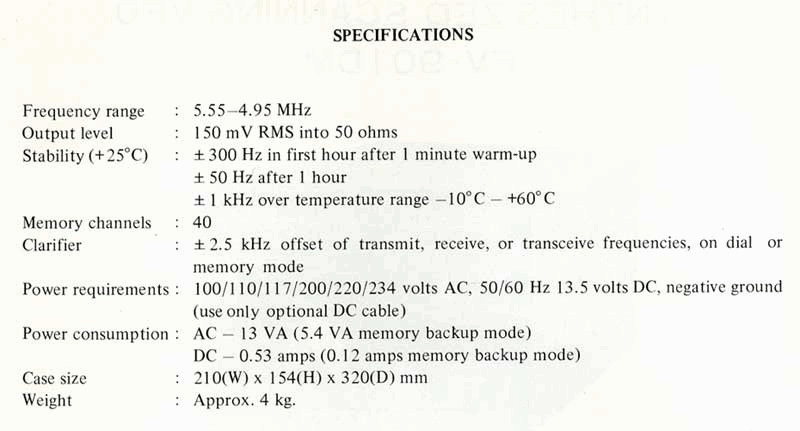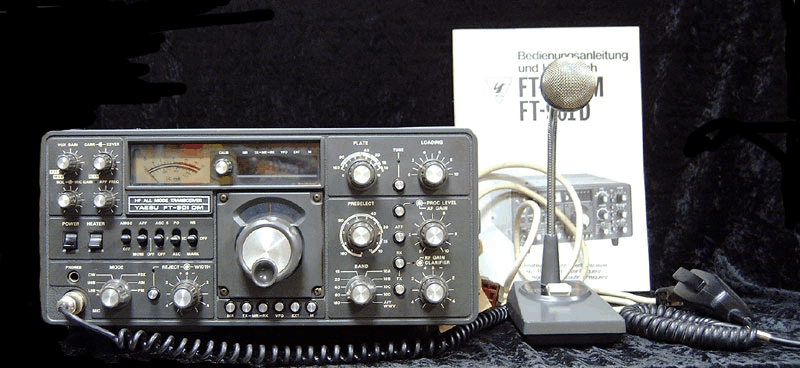
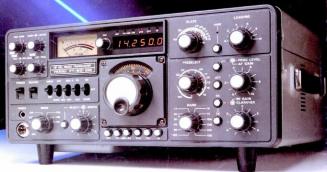 |
FT-901DM: The First Step toward Memory and High Dynamic Range!
© 2005 Vertex Standard USA, Inc.
The year was 1977, Amateur Radio activity was surging worldwide, and the Ham bands were becoming more crowded than ever. At the same time, Amateur industry designers had made the first moves away from tubes and into solid-state receiver platforms—and suffered the pain of discovering how limited the transistors were in terms of survival in the ever-more-hostile RF environment. Enter the FT-901DM, the first Amateur transceiver with built-in Memory, and wide dynamic range for the receiver. It became an instant Classic!
Design Concept
Building on the success of the FT-101 line, the FT-901DM was crafted as a “hybrid” transceiver, using all solid state design except for the driver and final amplifier stages. It utilized plug-in circuit board, so popular in the 101 and 301 lines, and it featured a die-cast front panel and spectacular mechanical construction inside the case. The FT-901DM was among the “cleanest” internal structures Yaesu ever create.
The “breakthrough” feature of the FT-901DM was its Memory system. In a day when the only concept of “memory” was a quartz crystal, the FT-901DM allowed the operator to push a button, wait about five seconds, and in that time the synthesizer would lock in on the current operating frequency, storing it for later recall. No other HF radio in the Ham world had memory, and it was a huge performance breakthrough that set the stage for the memory-based transceivers of today.
Another area where the FT-901DM shone was in its improved receiver performance. The 901 was the result of a concerted effort by Yaesu’s top receiver people, who included a permeability-tuned RF preselector (similar in concept to the “µ-Tuning” modules in today’s FTdx9000!), and the entire receiver section featured at least 10 dB more dynamic range than any previous solid-state receiver from Yaesu. At the time, the dynamic range of the FT-901DM was, by far, the best in the industry, and it led to the wide acceptance of this model in DX and Contest circles.
On the transmitter side, the 901 used a pair of 6146B tubes in the final, and utilized RF negative feedback to ensure low IMD products. The 901 Series was always renowned for its outstanding audio quality and signal purity.
Finally, the FT-901DM included a built-in Curtis Model 8043 Electronic Keyer. The Curtis IC was the “prestige” keyer of the day, and it eliminated yet another box from the desk of an owner.
Product History
The FT-901DM first came to the United States in early 1978, and it stayed in the Yaesu product line until 1982, when it was supplanted by the FT-902DM, which provided minor enhancements but stayed true to the original 901 concept. The FT-902DM stayed in the line for another four years.
An offshoot of the 901 Series was the FT-101ZD, which was a scaled-down but highly-popular variant of the 901. The FT-101ZD did not use plug-in boards (to save cost), and did not have built-in memory, but much of the circuitry bore a considerable resemblance to the 901 Line. The FT-101ZD went through three phases, and it remains a favorite of collectors today, as does the FT-901/902 family.
Summary
We hope you’ve enjoyed yet another tour down Yaesu Memory Lane! The FT-901DM was the first in a long line of Competition-Grade equipment, and it remains a popular radio on the air even today. Great audio and a fine receiver are never obsolete!
